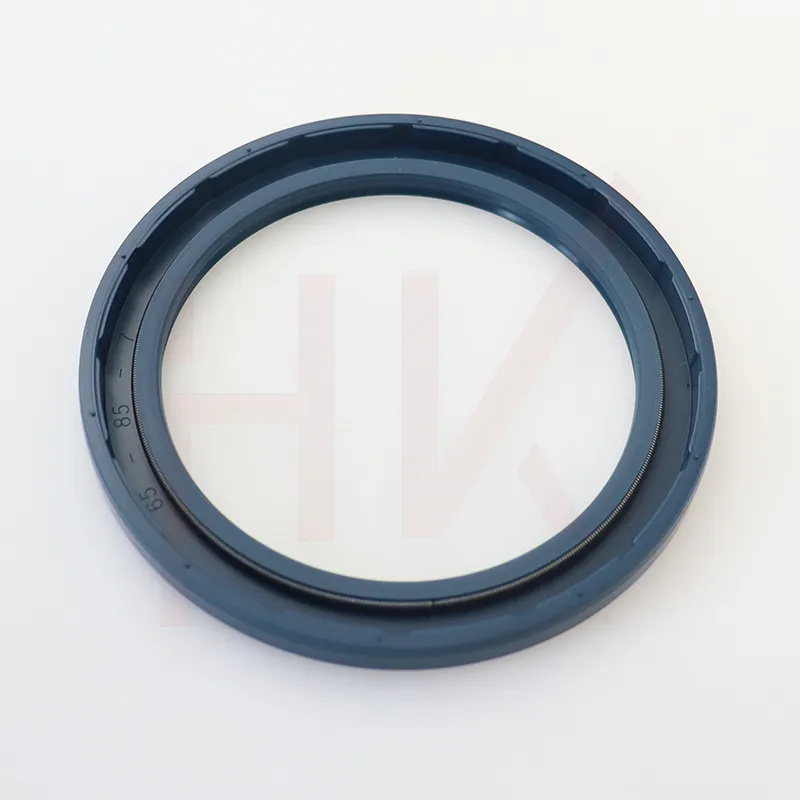Dec . 14, 2024 15:40 Back to list
How to Change Seals in a Hydraulic Cylinder for Optimal Performance
Replacing Seals on a Hydraulic Cylinder A Step-by-Step Guide
Hydraulic cylinders are vital components in various machinery and industrial applications. They utilize pressurized fluid to produce linear motion and force. Over time, the seals within these cylinders can wear out due to repeated cycles of movement, contamination, or degradation from the hydraulic fluid itself. Replacing seals on a hydraulic cylinder is essential for maintaining performance, preventing leaks, and extending the life of the equipment. Here's a detailed guide on how to efficiently replace the seals on a hydraulic cylinder.
Safety Precautions
Before starting any maintenance work on hydraulic cylinders, it’s crucial to take safety precautions. Ensure you wear appropriate personal protective equipment (PPE), including gloves, safety glasses, and steel-toed boots. Additionally, depressurize the hydraulic system to prevent accidental discharge of hydraulic fluid, which can cause injuries or damage.
Tools and Materials Needed
To replace the seals, gather the following tools and materials - A socket set and wrenches - Screwdrivers (flat and Phillips) - Seal removal tools - A clean workbench with a mat - Replacement seals (specific to your cylinder model) - Hydraulic fluid for refilling - Rags and a cleaning solvent - Grease for lubricating seals during installation
Step 1 Removing the Hydraulic Cylinder
Start by disconnecting the hydraulic cylinder from the machinery. Carefully remove any hoses or connections, making sure to contain any hydraulic fluid that might leak out. Use the appropriate tools to unbolt the cylinder from its mounting place.
Step 2 Disassembling the Cylinder
Once the cylinder is removed, place it securely on your clean workbench. Begin disassembling the cylinder by removing the end caps. Use the socket set to undo the bolts, being careful not to damage the casing. After removing the end caps, inspect the internal components for any signs of wear or damage.
replacing seals on a hydraulic cylinder

Step 3 Removing Old Seals
With the end caps off, you can access the seals. Use seal removal tools to carefully pull out the old seals. It’s important to avoid damaging the cylinder walls during this process. Clean the grooves where the seals sit using a cloth soaked in a cleaning solvent, ensuring all debris and old lubricant are removed.
Step 4 Installing New Seals
Before installing the new seals, apply a thin layer of grease to them. This lubricates the seals and helps them slide into place without tearing. Start by inserting the new seals into their respective grooves, ensuring they are seated evenly. Check the specifications for correct orientation if the seals are directional.
Step 5 Reassembling the Cylinder
After the seals are in place, carefully reassemble the hydraulic cylinder by putting the end caps back on. Tighten the bolts evenly to avoid warping the cylinder, using a torque wrench to ensure they are set to the manufacturer’s specifications.
Step 6 Reinstallation and Testing
With the cylinder reassembled, reconnect it to the machinery, ensuring all hydraulic hoses and connections are secure. Refill the hydraulic system with the appropriate type and amount of hydraulic fluid. After everything is connected, start the system and test the cylinder's operation. Monitor for any leaks and ensure it functions smoothly.
Conclusion
Replacing seals on a hydraulic cylinder can significantly enhance its efficiency and longevity. By following these detailed steps and maintaining a careful approach, you can successfully perform this essential maintenance task. Regularly inspecting and replacing worn seals will not only save you from costly repairs but also ensure the safe and effective operation of your hydraulic systems. Remember to conduct this work in a clean environment and adhere to all safety protocols to safeguard your health and the integrity of the machinery.
-
TCN Oil Seal Metal Ring Reinforcement for Heavy Machinery
NewsJul.25,2025
-
Rotary Lip Seal Spring-Loaded Design for High-Speed Applications
NewsJul.25,2025
-
Hydraulic Cylinder Seals Polyurethane Material for High-Impact Jobs
NewsJul.25,2025
-
High Pressure Oil Seal Polyurethane Coating Wear Resistance
NewsJul.25,2025
-
Dust Proof Seal Double Lip Design for Construction Equipment
NewsJul.25,2025
-
Hub Seal Polyurethane Wear Resistance in Agricultural Vehicles
NewsJul.25,2025
-
The Trans-formative Journey of Wheel Hub Oil Seals
NewsJun.06,2025
Products categories
















